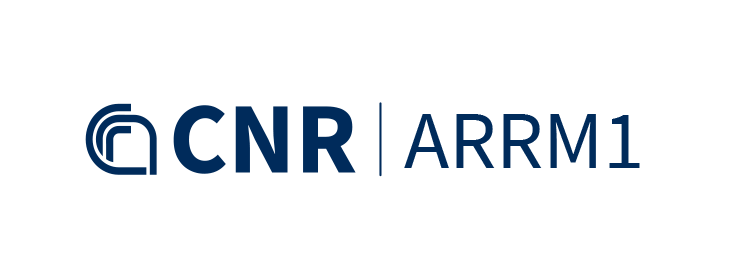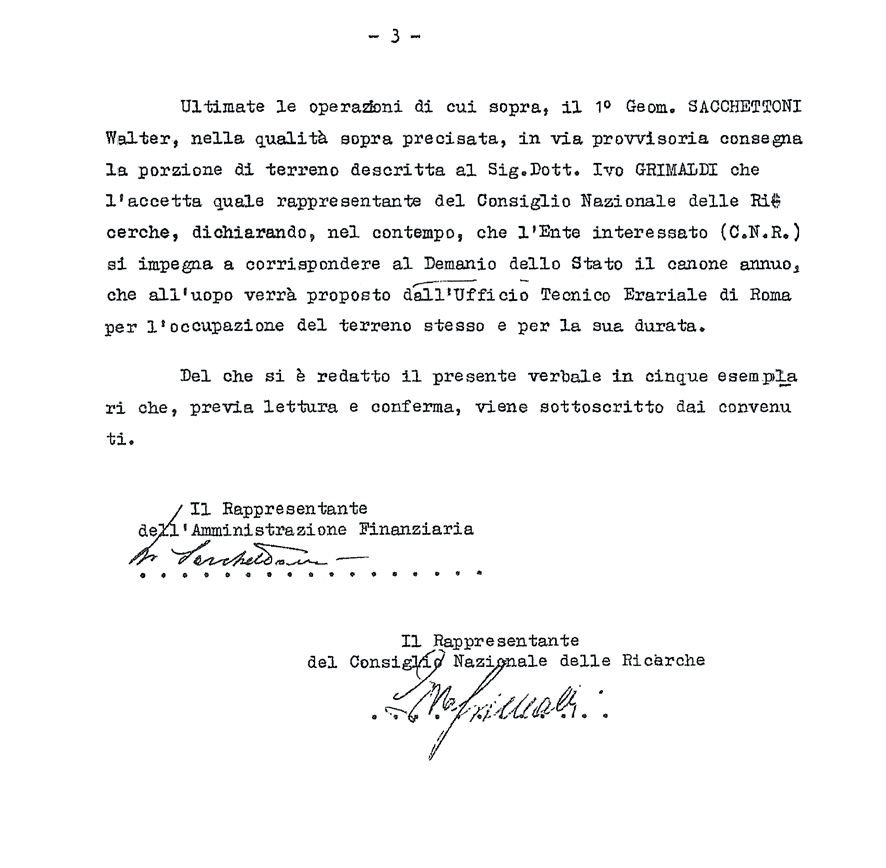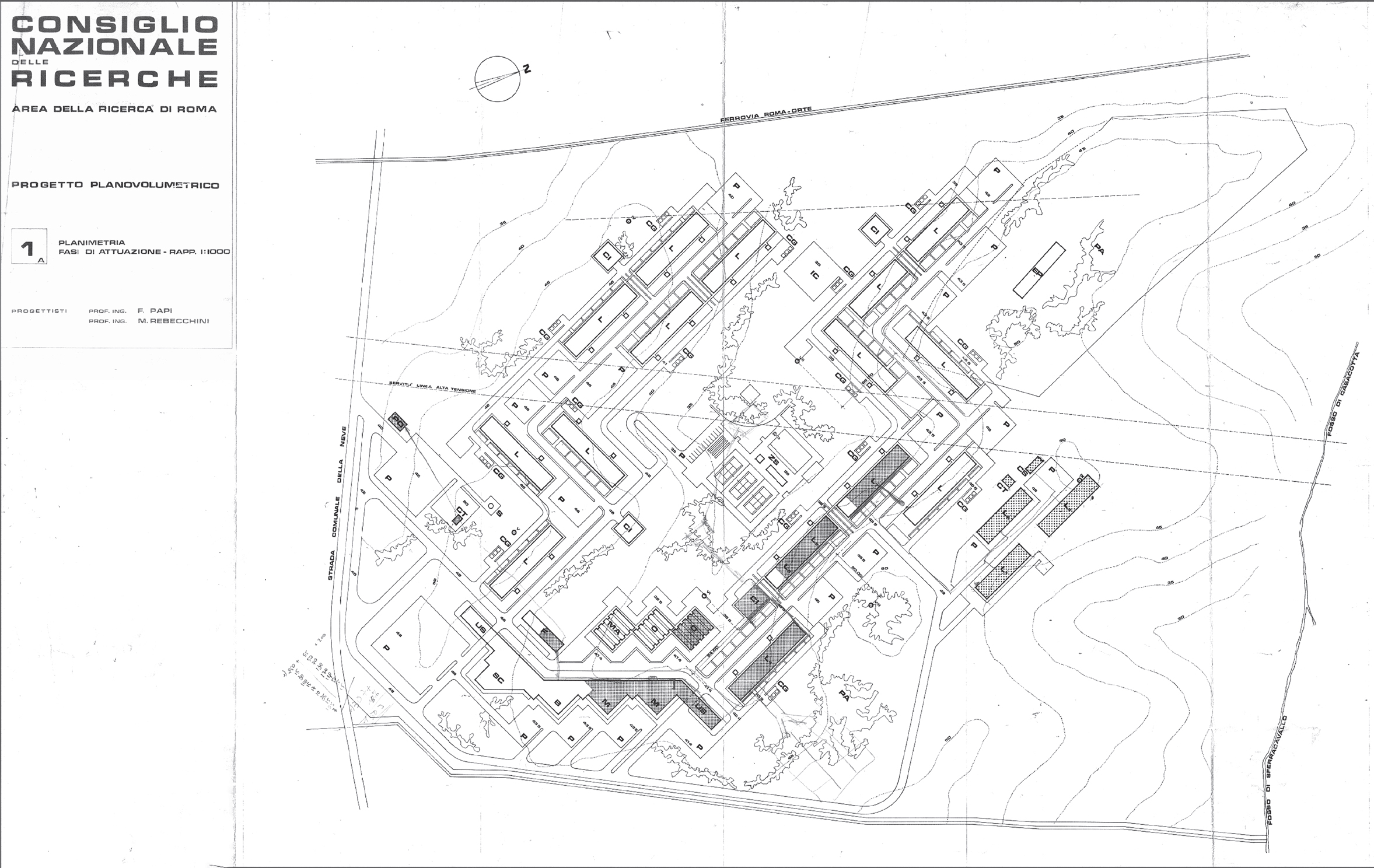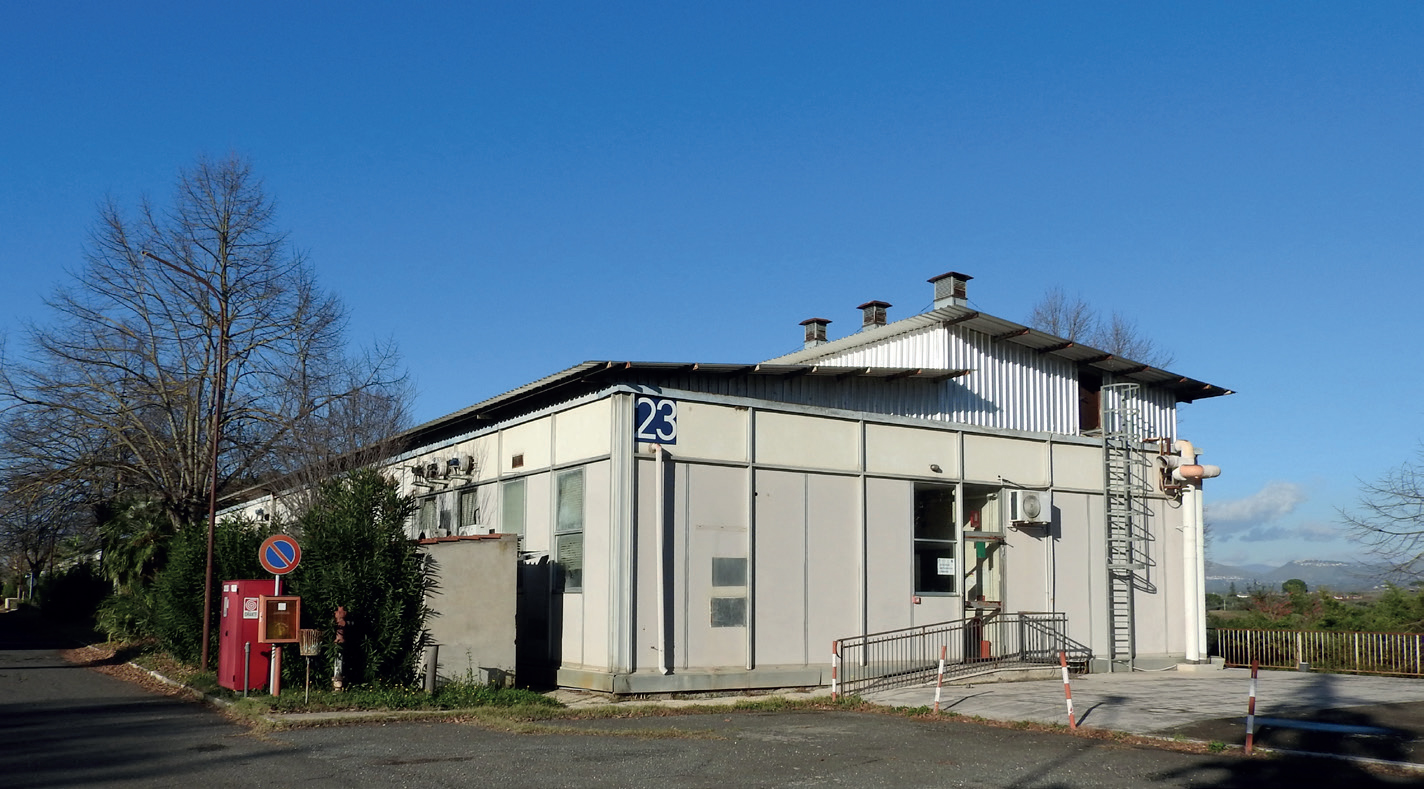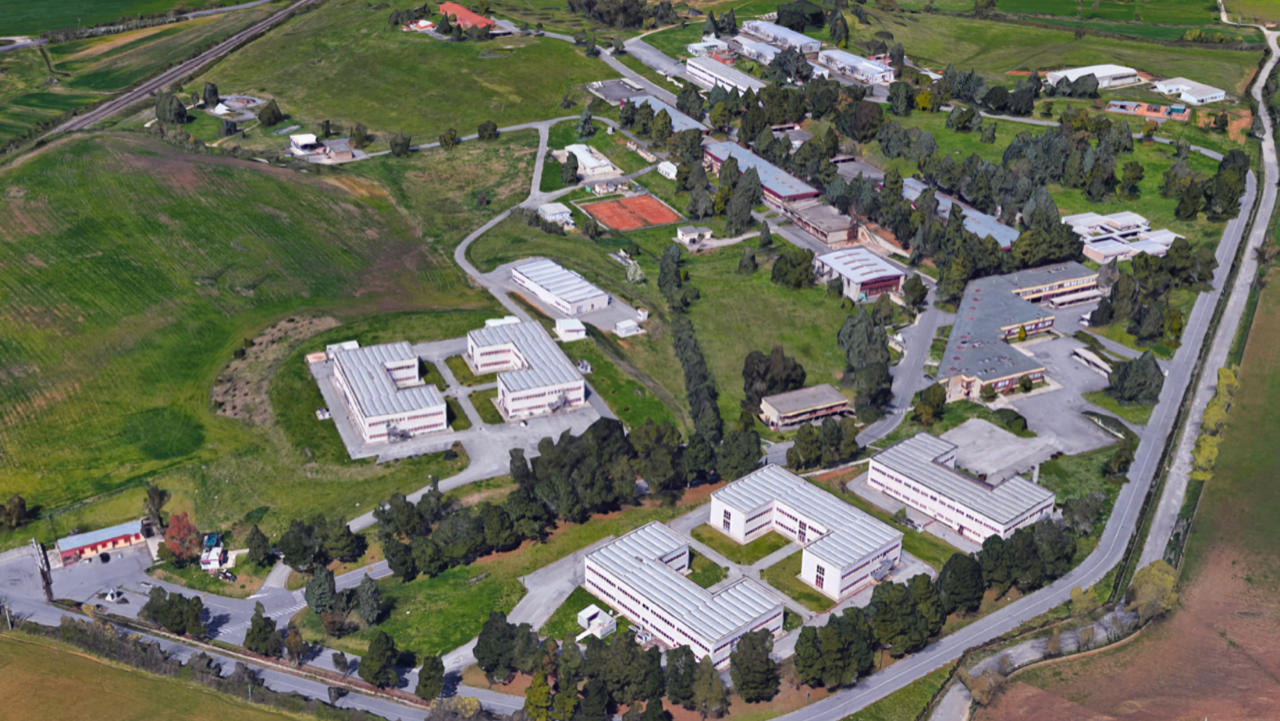The Area in numbers
Research Institutes
Surface area in hectares
experts
Organization chart
The structure of the ARRM1 Area.
President
Massimiliano Moscatelli | massimiliano.moscatelli@cnr.it | presidenza.mlib@mlib.cnr.it
Area Manager
Roberto Sparapani| roberto.sparapani@cnr.it
Area Secretariat
Silvia Mecacci | silvia.mecacci@cnr.it |0690672547 |
Fulvia Viri | fulvia.viri@cnr.it | 0690672446
segreteria.rm1@mlib.cnr.it | area.rm1mlib@pec.cnr.it
Secretariat of the Presidency
Claudia Lapiello | claudia.lapiello@cnr.it | 0690672400
segreteria.presidenza@mlib.cnr.it
Administration
Responsabile Gestione e Compliance
Marialuisa Agostini | marialuisa.agostini@cnr.it | 06 90672460
Davide Berti | davide.berti@cnr.it | 06 90672574
Area Committee
Composed of the directors or sub-office heads (delegated by the director) of the Institutes located in the Area as well as staff representation, it is chaired and convened periodically by the Area President.
Working Groups
In order to carry out activities and facilitate coordination on some specific issues, cross-institute Working Groups (GdL) have been established within ARRM1.
Specifically, the following working groups have been established:
GdL Communication
E-mail: comunicazione.arrm1@cnr.it
Marco Segreto| marco.segreto@cnr.it
GdL Technological Infrastructure
Francesca Trapasso | francesca.trapasso@cnr.it
GdL Data Protection
Valeria Piccioni | valeria.piccioni@cnr.it
GdL Technology Transfer
Daniele Bianconi | danielebianconi@cnr.it
The institutes
There are 11 institutes that are part of the ARRM1
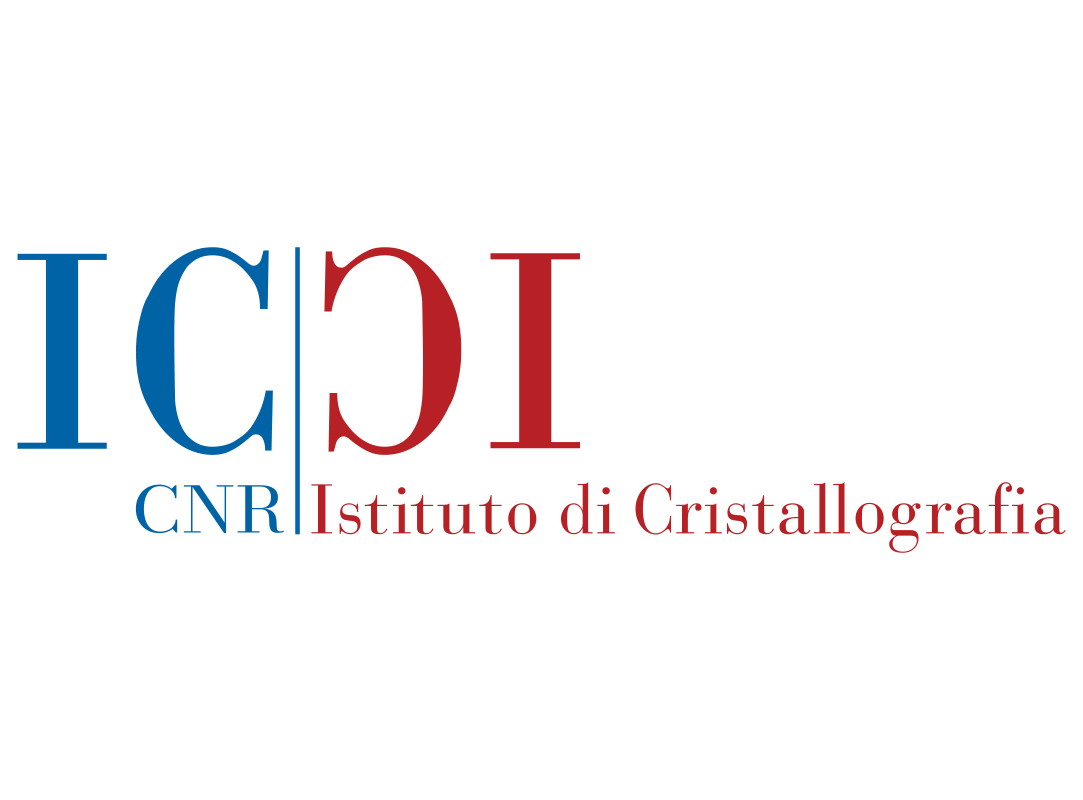
CNR IC
Istituto di Cristallografia (Institute of Crystallography)
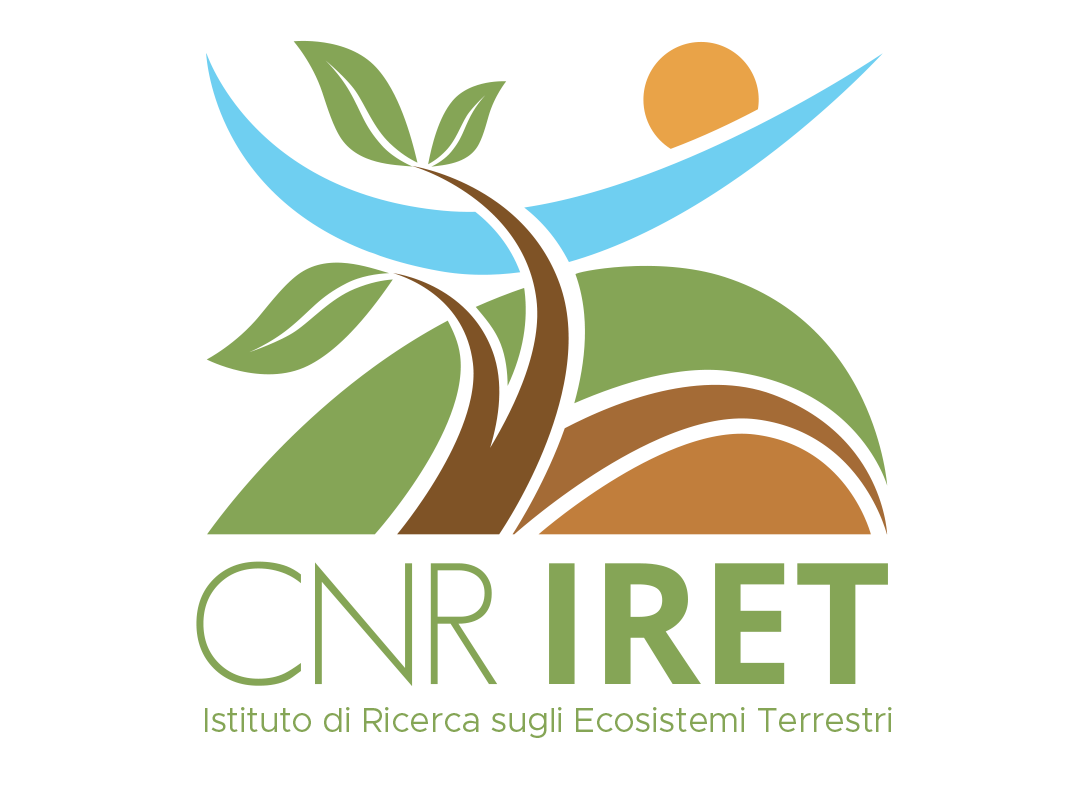
CNR IRET
Istituto di Ricerca sugli Ecosistemi Terresti (Research Institute on Terrestrial Ecosystems)
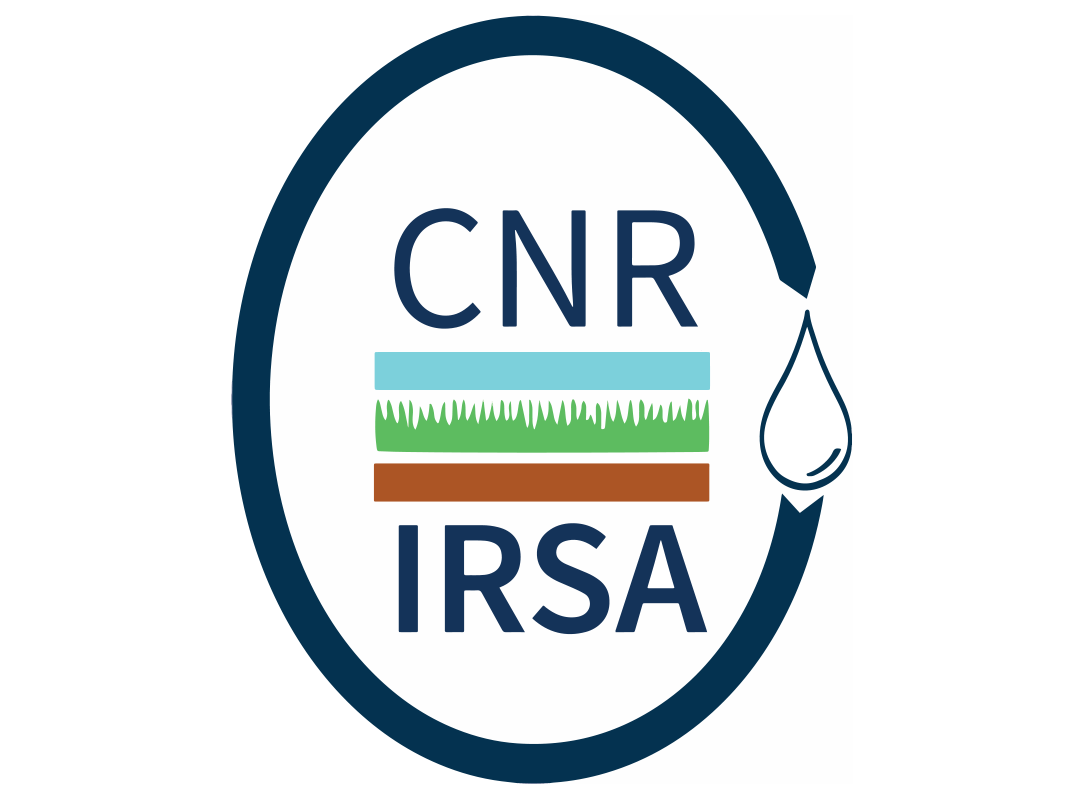
CNR IRSA
Istituto di Ricerca sulle Acque (Water Research Institute)
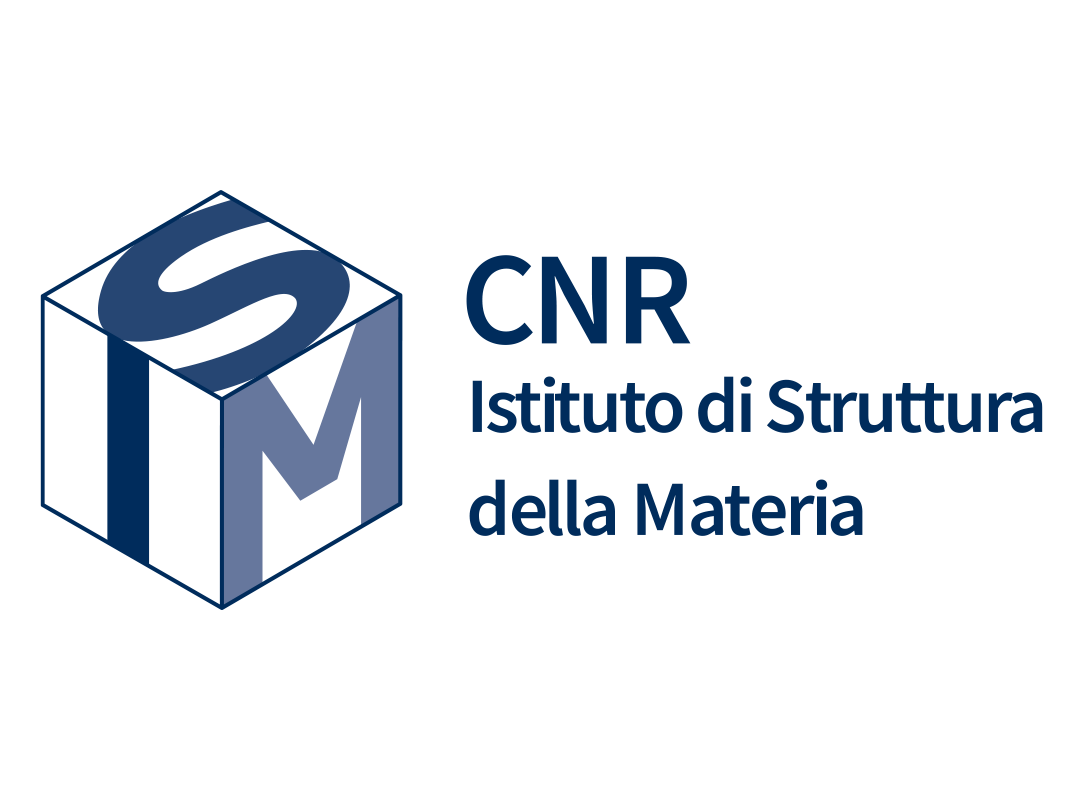
CNR ISM
Istituto di Struttura della Materia (Institute of Structure of Matter)
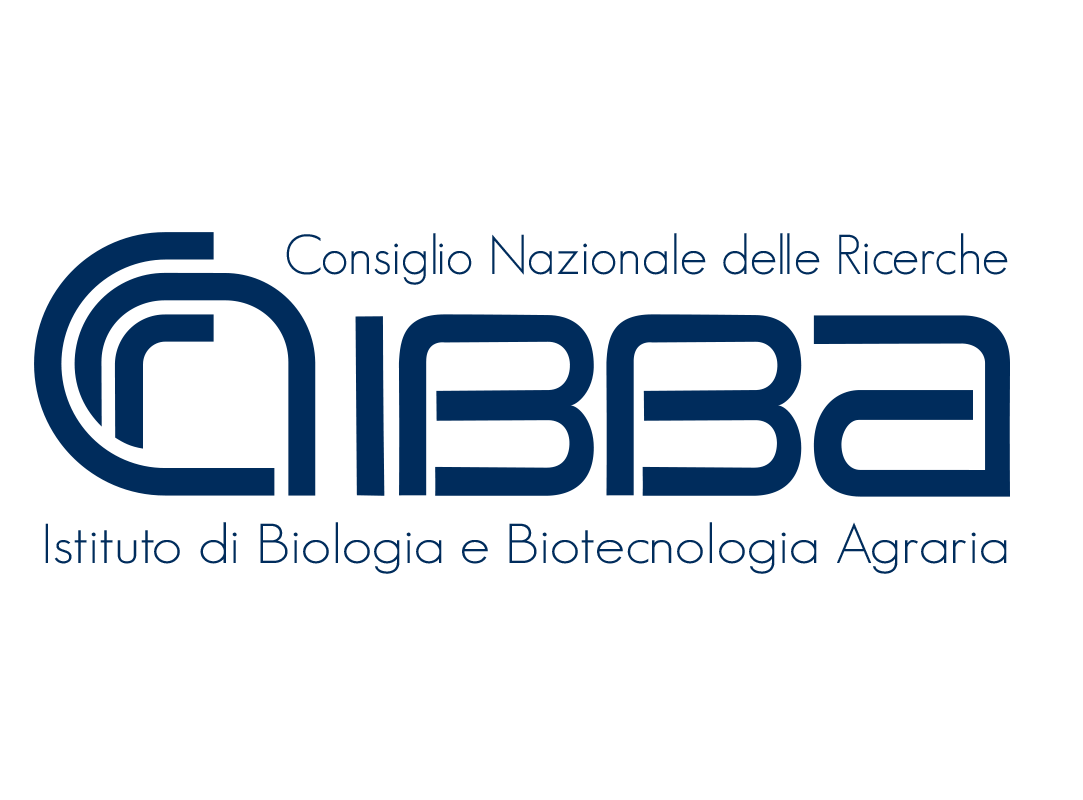
CNR IBBA
Istituto di Biologia e Biotecnologia Agraria (Institute of Agricultural Biology and Biotechnology)
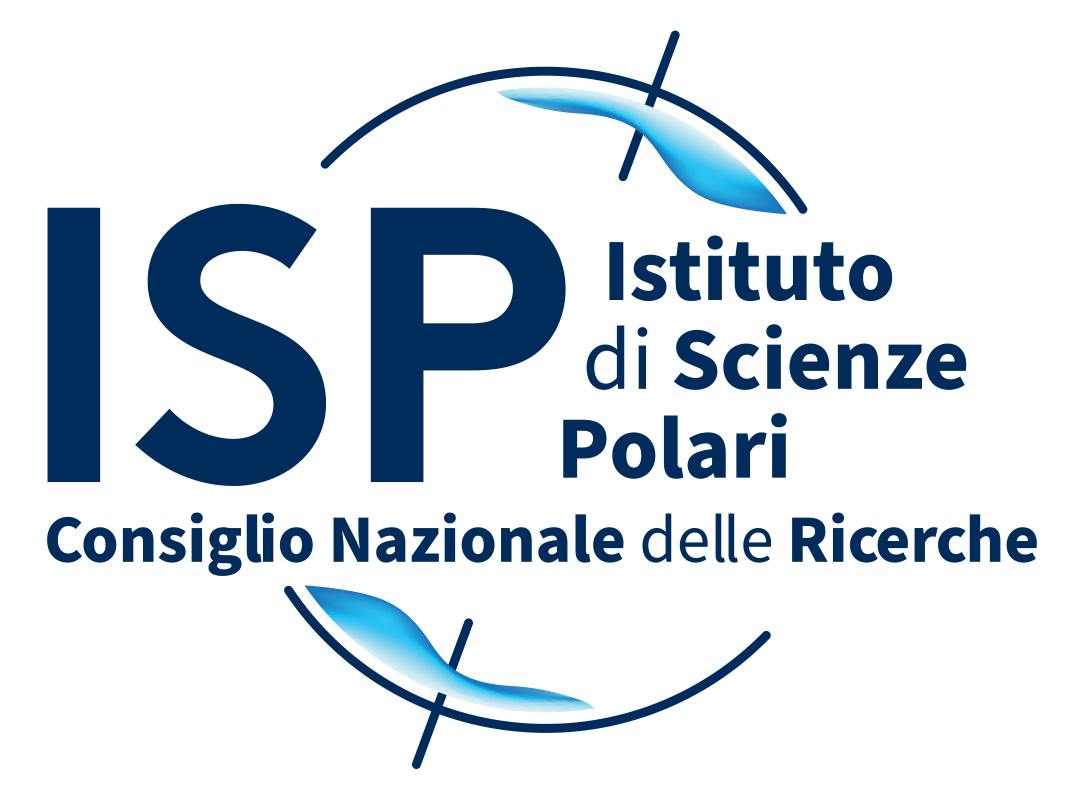
CNR ISP
Istituto di Scienze Polari (Institute of Polar Sciences)

CNR IGAG
Istituto di Geologia Ambientale e Geoingegneria (Institute of Environmental Geology and Geoengineering)
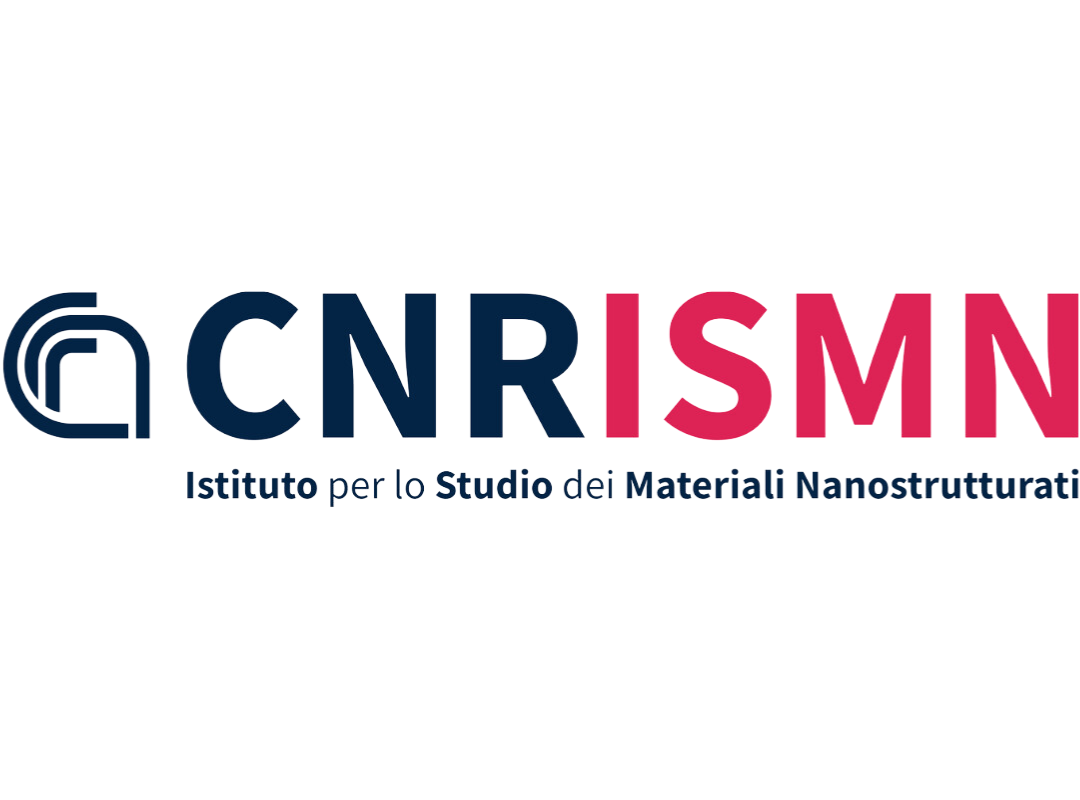
CNR ISMN
Istituto per lo Studio del Materiali Nanostrutturati (Institute for the Study of Nanostructured Materials)

CNR ISPC
Istituto per le Scienze del Patrimonio Culturale (Institute of Heritage Science)

CNR IIA
Istituto sull’Inquinamento Atmosferico (Institute of Atmospheric Pollution Research)
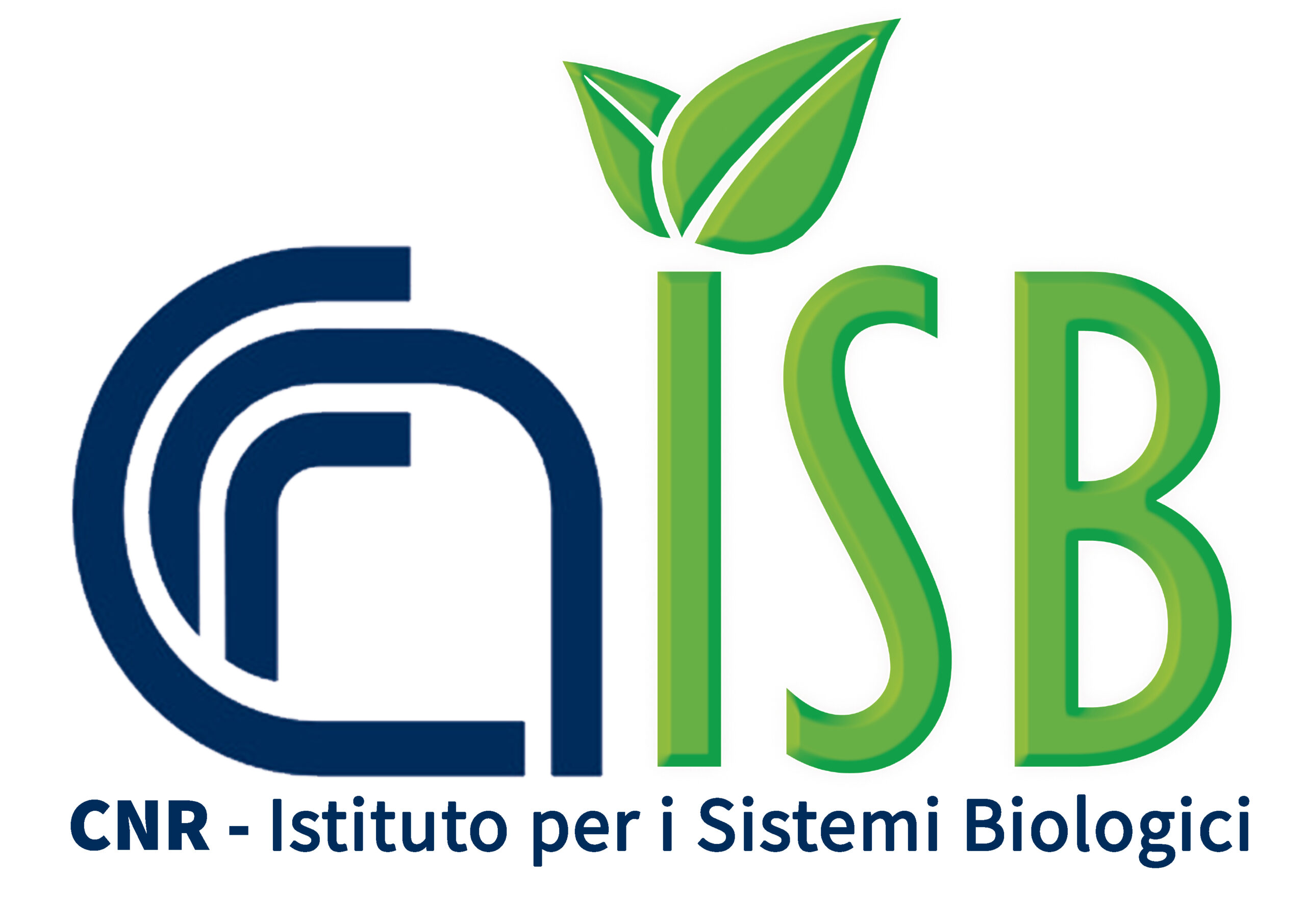
CNR ISB
Istituto per i Sistemi Biologici (Institute for Biological Systems)
History
The ARRM1 was established in 1970 due to the need of the National Research Council (CNR) to establish a series of campuses distributed throughout the country for the development of its scientific network.
